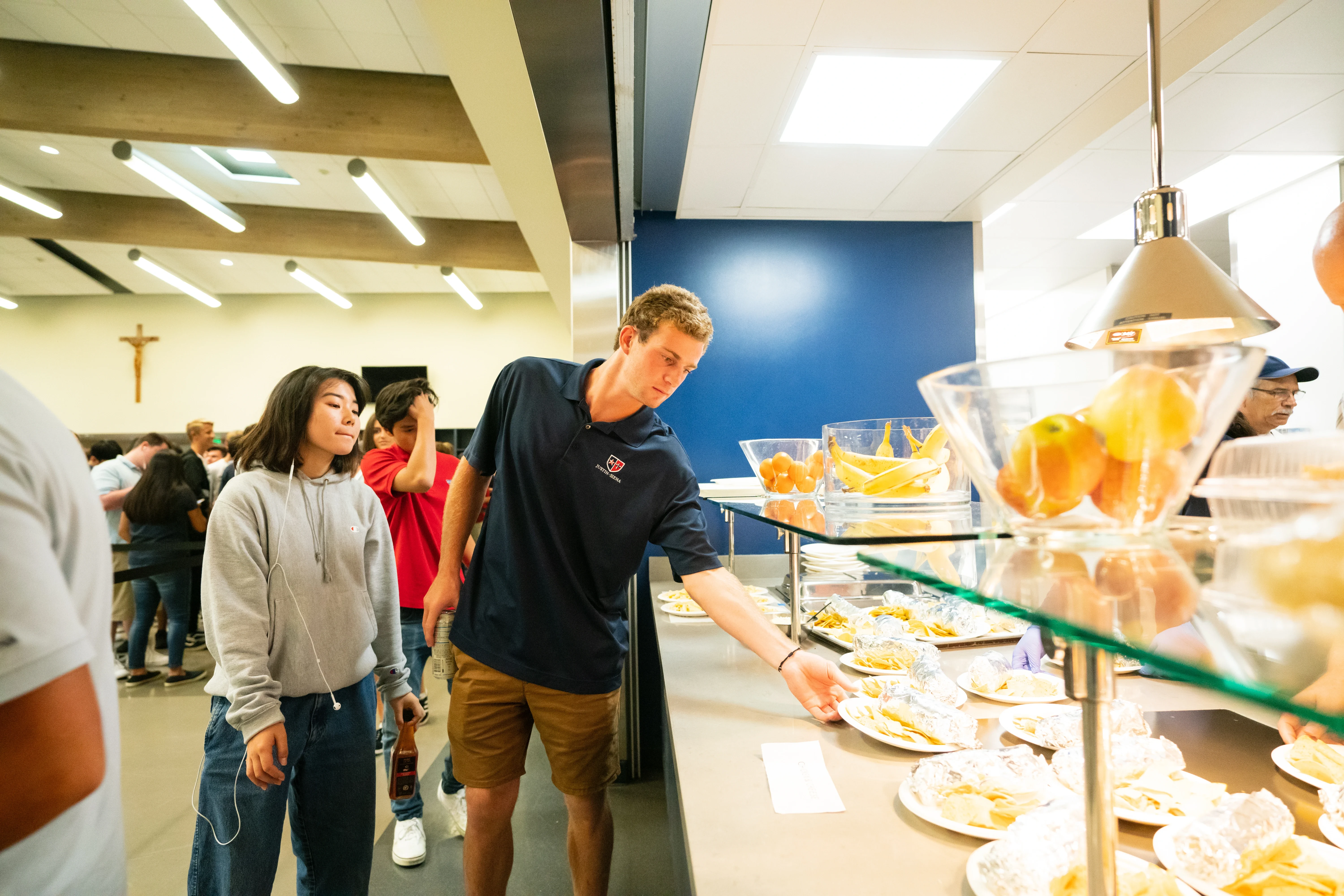All news
October 1, 2023
Study Abroad 101
Here’s all you need to know about the “Placement Test” in American high schools.
What is the U.S high school placement test and how should international students prepare for it? Here’s all you need to know about the placement test for high school freshmen in the United States.

As US high schools are preparing to welcome their incoming freshmen for the new school year, many orientation activities are being moved online due to the COVID-19 pandemic, including the US High School Placement test.
What is this test and how should international students prepare for it? Here’s all you need to know about the placement test for high school freshmen in the United States.
What is the U.S High School Placement Test?
The U.S. high school curriculum allows the gifted students to choose more challenging courses, especially in mathematics and other STEM science subjects. Better performing students can be placed in Honor or even AP courses upon their first year of enrollment, while students who need more help and support will be placed in the college preparatory (CP) courses.
Through the placement test, US high schools can ensure that students are placed into the most appropriate first-year courses for their needs. The U.S high school placement test does NOT group top performers together. Rather, it emphasizes finding the most suitable and appropriate courses for students.
What is on the placement test?
US high school placement test generally have two subjects, English and Math.
- The English placement test mainly examines listening, reading, and writing skills. It usually does not have an oral component. There isn’t a universal English placement test format and it’s up to the schools what they like to include in the English test. Some schools might use questions from the TOEFL exam while others might prefer reading and grammar questions from PSAT or SAT. In general, the English placement test still focus on vocabulary, grammar, and semantic logic.
- The Math placement test is usually progressive. Topics range from basic algebra and geometry knowledge to pre-calculus. Students will see both simple and very difficult questions on the test paper.
How to prepare for the placement test?
For the English placement test:
1. TOEFL Practice Questions
The core language skills of the TOEFL exam are very similar to those of the English placement test. ETS has released a few sample test kits which students are encouraged to try (https://www.ets.org/s/toefl/free-practice/start.html). Students are also encouraged to check out this practice book at https://www.ets.org/toefl/test-takers/ibt/prepare/tests.
2. Reading Practice
Students preparing for the English placement test should read English articles in their spare time. Here is a good reading website - Read Works (https://www.readworks.org/). It differentiates student’s reading comprehension based on grade and sets the most appropriate pieces along with questions for the students. The articles cover many topics, from art, politics, to science, economics, poetry, and even classical US founding documents which international students feel least confident in. This website is also one of the resources used by school teachers to build reading contents and practice for their classes.
3. Vocabulary Study
English learning is a long-term process, especially for vocabulary. Students can download different mobile apps to support their vocabulary learning.

For the Math placement test:
The two things students need to prepare for math placement test are knowledge points and vocabulary. Since the Math placement test is a progressive one, it will include basic rules of equation solving, coordinate drawing, trigonometry functions, and so forth.
Course selection
The US high school placement test will help schools place the students in the most appropriate courses in their first year. The result of the Math test, for example, will contribute whether students can take advanced Math and Honors Biology in the first year (and other honors science courses) or whether they will be placed into a lower level course. The English placement test can help the school place students in the most appropriate English literature classes, as well as the second foreign language class (ELL).
It is important for students to know that they should plan their first year of high school with a reasonable number of challenging courses. Students’ class load will shape their first-year experience in a US high school. A balanced class load can make their school life enjoyable, while still academically challenging.
Two common mistakes we suggest students avoid when preparing for the placement tests:
1. Not prepare at all:
Students who do not prepare at all over their summer break maybe find it difficult to adjust when they arrive and have their placement test during the orientation. If students do not prepare, they could be placed in the least challenging courses by the school and start off on the slow track.
2. Over-preparation:
Over-achievers may study calculus three hours a day and memorize all the GRE vocabulary, hoping to gain the highest score on the placement test. This is also not a smart move. The school may place them in a very difficult course based on placement test results, which could be beyond their comprehension as a freshman, and eventually cause a low grade on their transcript.
A real placement test result should reflect the students’ knowledge base well, place the student in the most appropriate course level—classes are neither too advanced nor overly simple. If students find a course too difficult or simple after the placement test results are out, they can talk with your school counselor about switching to a different one.
Contact an Amerigo Global Manager to receive a set of math mock placement test. We would like to hear from you!


